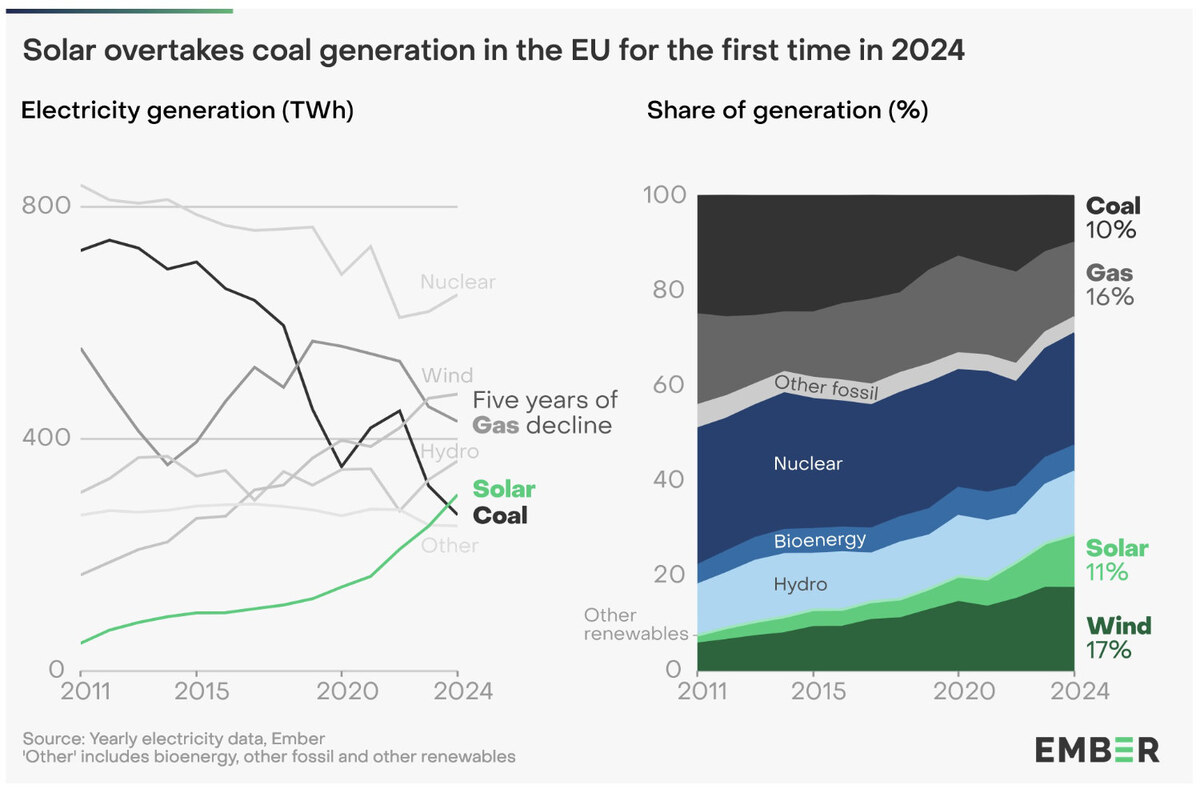SINGAPORE: Singapore Airlines said 74 passengers and six crew members are still in Bangkok, including those receiving medical care and their family members, after a flight encountered severe turbulence on Tuesday.
The airline said in a statement that an additional five passengers who were on board the SQ321 flight will return to Singapore on Wednesday, and one crew member is set to return on Thursday.
The scheduled London-Singapore flight was diverted to Bangkok after the plane was buffeted by turbulence that flung passengers and crew around the cabin, slamming some into the ceiling. A 73-year-old British passenger died of a suspected heart attack.
“I saw people from across the aisle going completely horizontal, hitting the ceiling and landing back down in like really awkward positions. People, like, getting massive gashes in the head, concussions,” Dzafran Azmir, a 28-year-old student on board the flight said after arriving in Singapore.
Photographs from the interior of the plane showed gashes in the overhead cabin panels, oxygen masks and panels hanging from the ceiling and luggage strewn around. A passenger said some people’s heads had slammed into the lights above the seats and punctured the panels.
Singapore Airlines took 131 passengers and 12 crew on the relief flight from Bangkok that reached Singapore just before 5 a.m. (2100 GMT). There were 211 passengers including many Australians, British and Singaporeans, and 18 crew on board the original flight; injured fliers and their families remained in Bangkok.
“On behalf of Singapore Airlines, I would like to express my deepest condolences to the family and loved ones of the deceased,” Singapore Airlines CEO Goh Choon Phong said in a video message.
Singapore’s Transport Safety Investigation Bureau (TSIB) is looking into the incident, and the US National Transportation Safety Board is also sending representatives for support.
The plane encountered sudden extreme turbulence, Goh said, and the pilot then declared a medical emergency and diverted to Bangkok.
Aircraft tracking provider FlightRadar 24 said at around 0749 GMT the flight encountered “a rapid change in vertical rate, consistent with a sudden turbulence event,” based on flight tracking data.
“There were thunderstorms, some severe, in the area at the time,” it said.
The sudden turbulence occurred over the Irrawaddy Basin in Myanmar about 10 hours into the flight, the airline said. Turbulence has many causes, most obviously the unstable weather patterns that trigger storms, but this flight could have been affected by clear air turbulence, which is very difficult to detect.
Turbulence-related airline accidents are the most common type of accident, according to a 2021 NTSB study.
While the airline said 30 people were injured, Samitivej Hospital in Thailand said it was treating 71 passengers.
From 2009 through 2018, the US agency found that turbulence accounted for more than a third of reported airline accidents and most resulted in one or more serious injuries, but no aircraft damage.
Singapore Airlines, which is widely recognized as one of the world’s leading airlines and is a benchmark for much of the industry, has not had any major incidents in recent years.
Its last accident resulting in casualties was a flight from Singapore to Los Angeles via Taipei, where it crashed on Oct. 31, 2000 at the Taiwan Taoyuan International Airport, killing 83 of the 179 people on board.






























